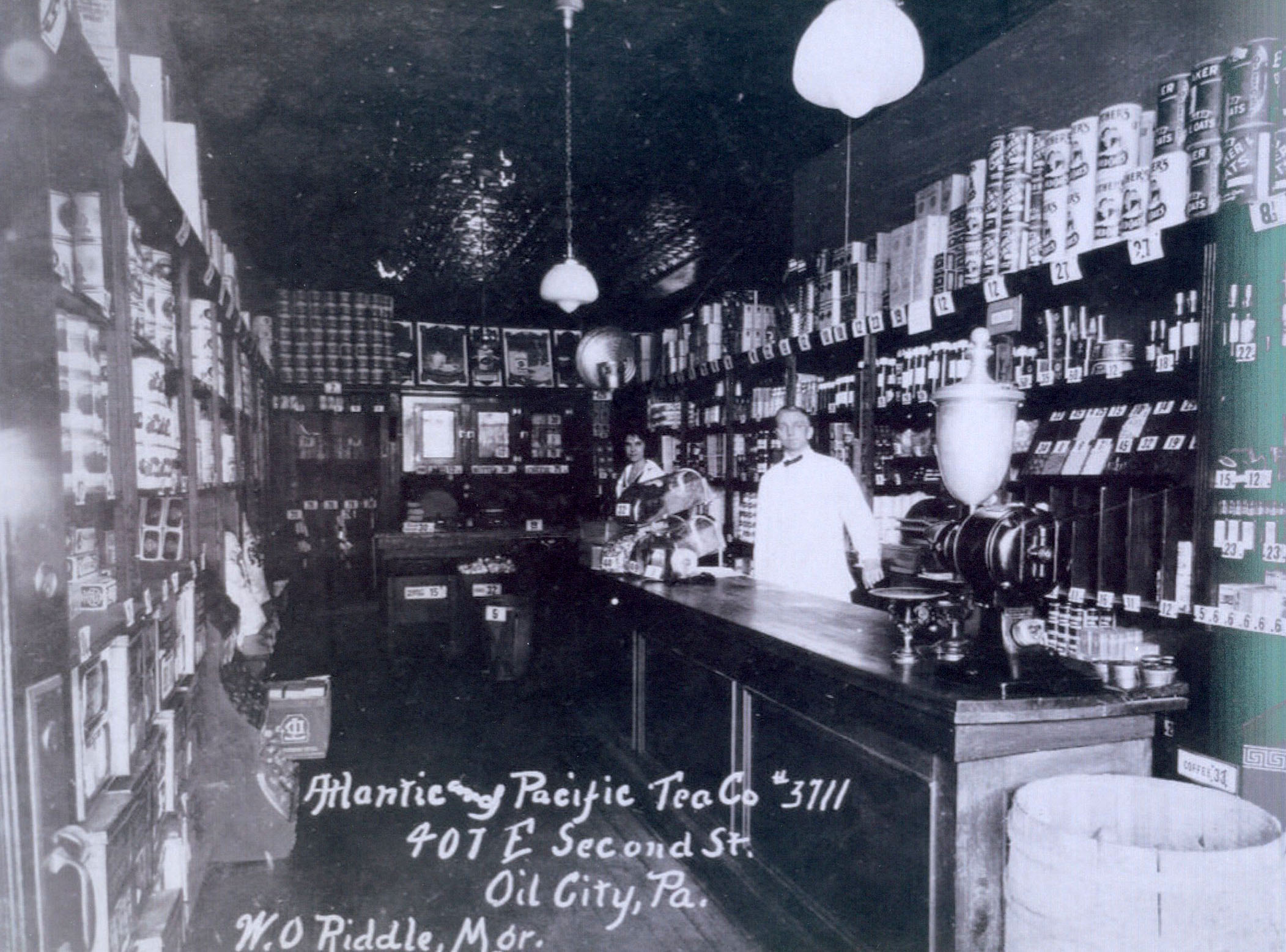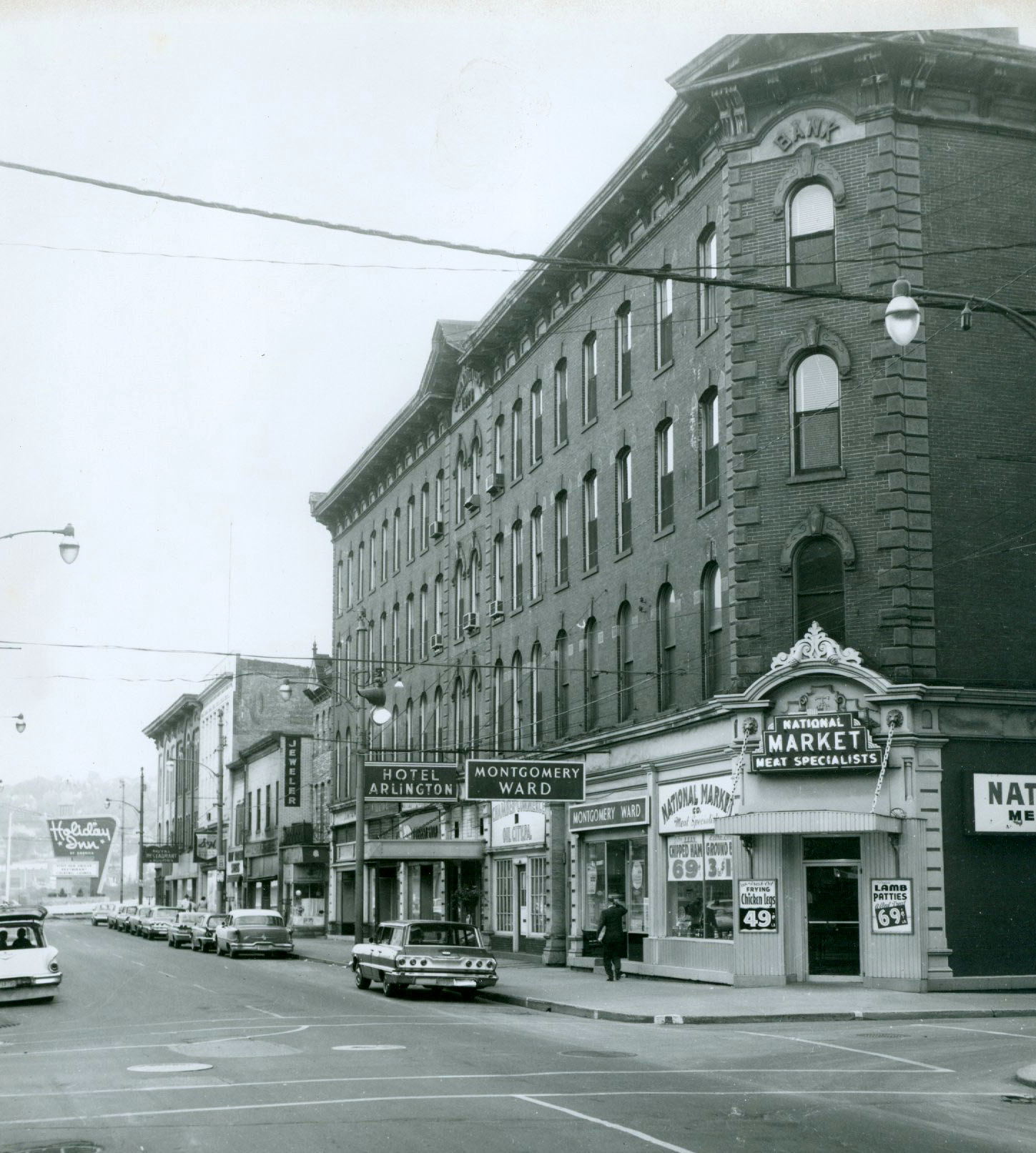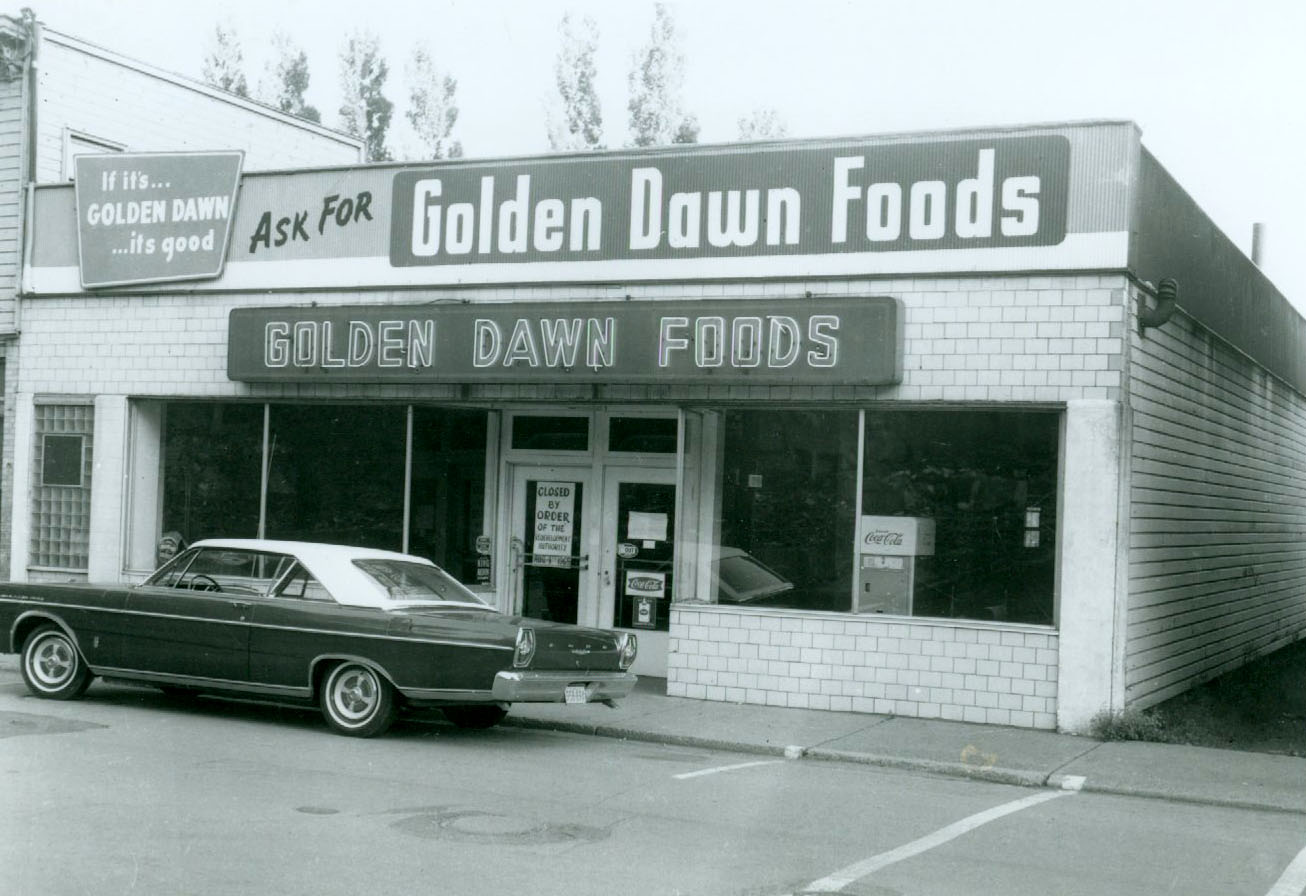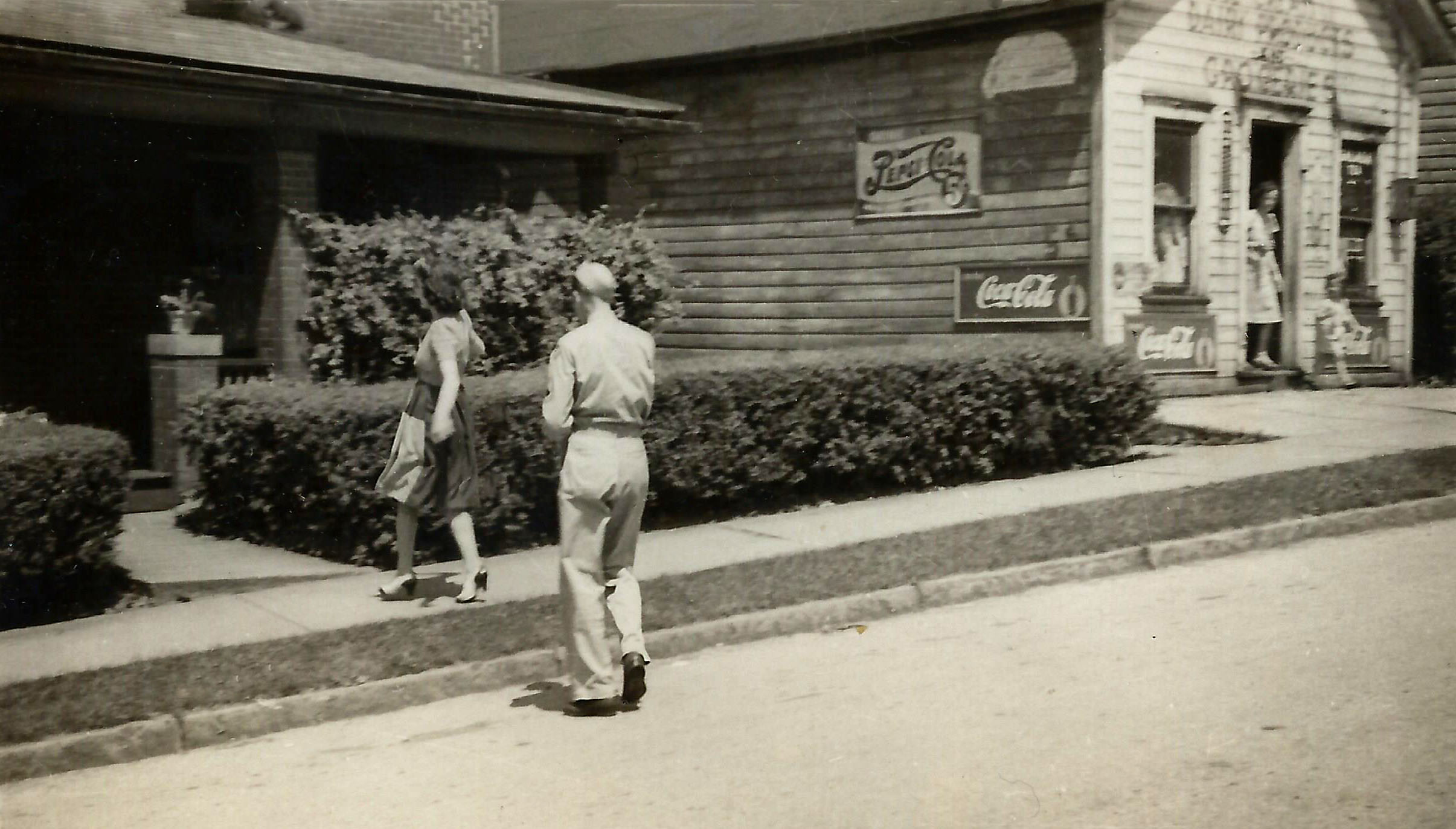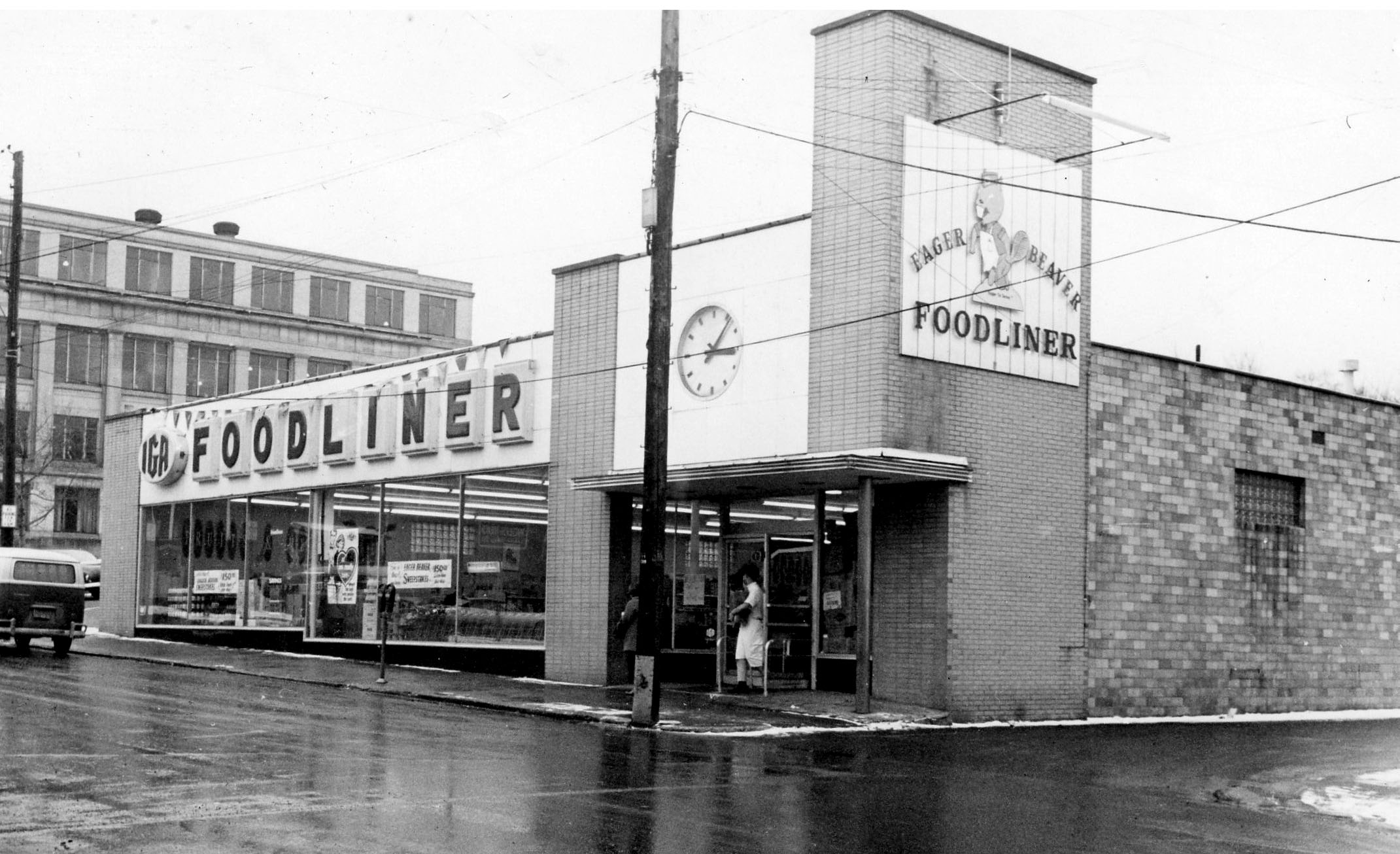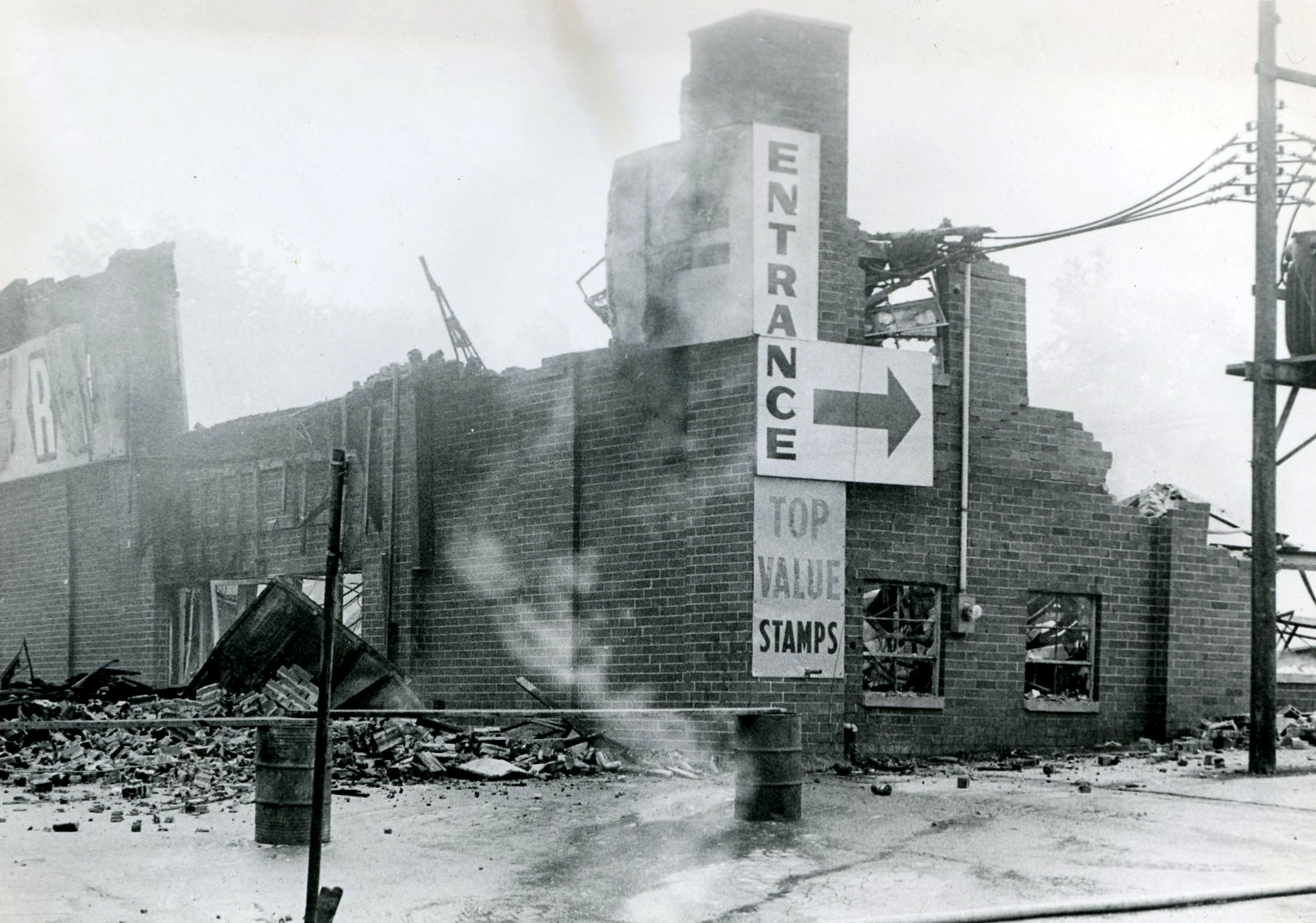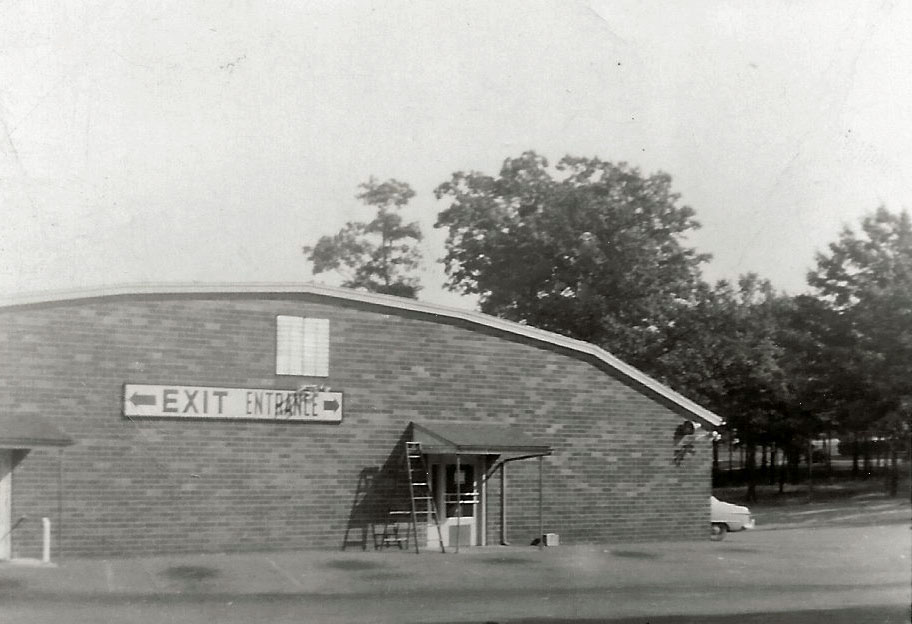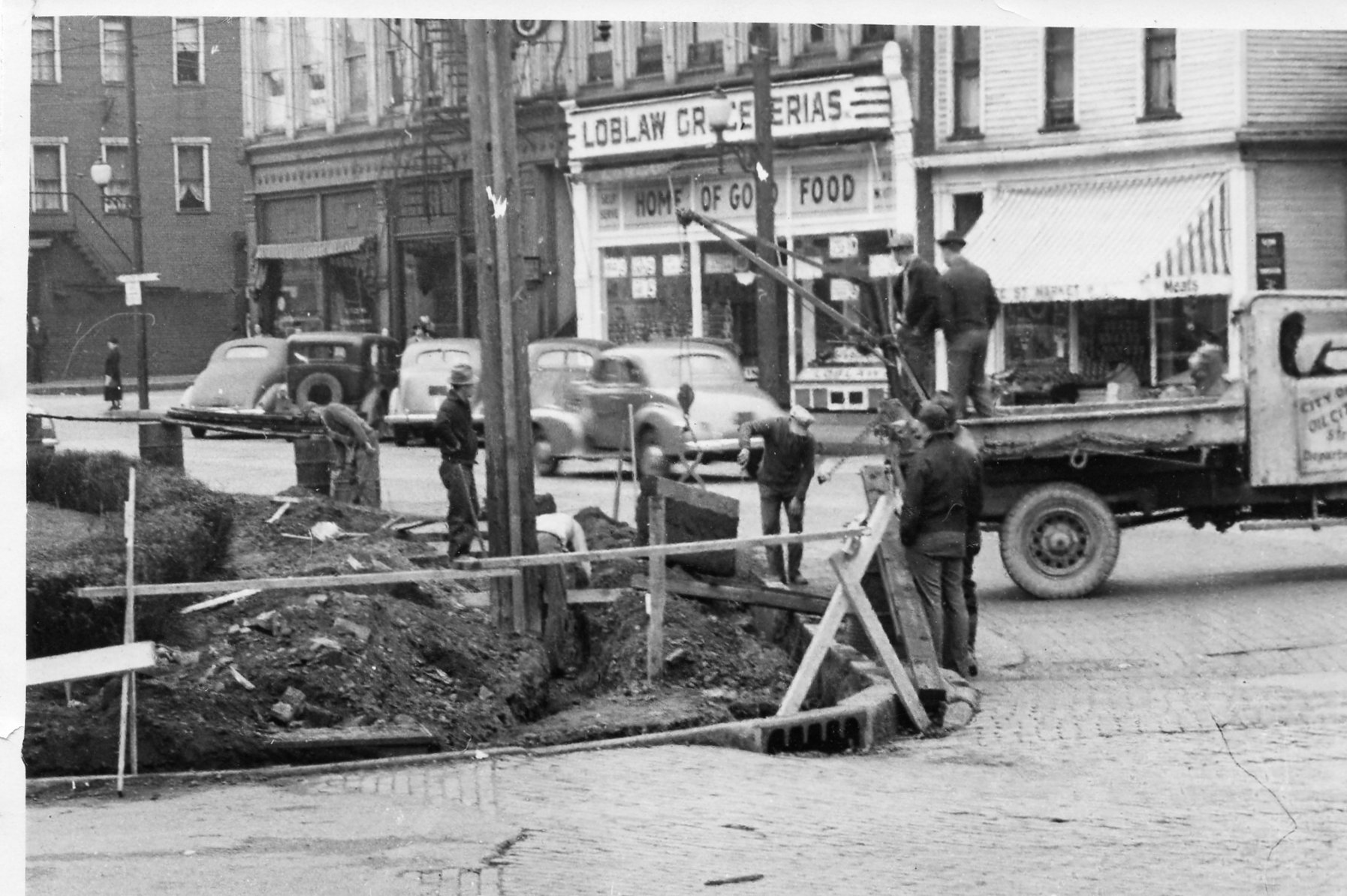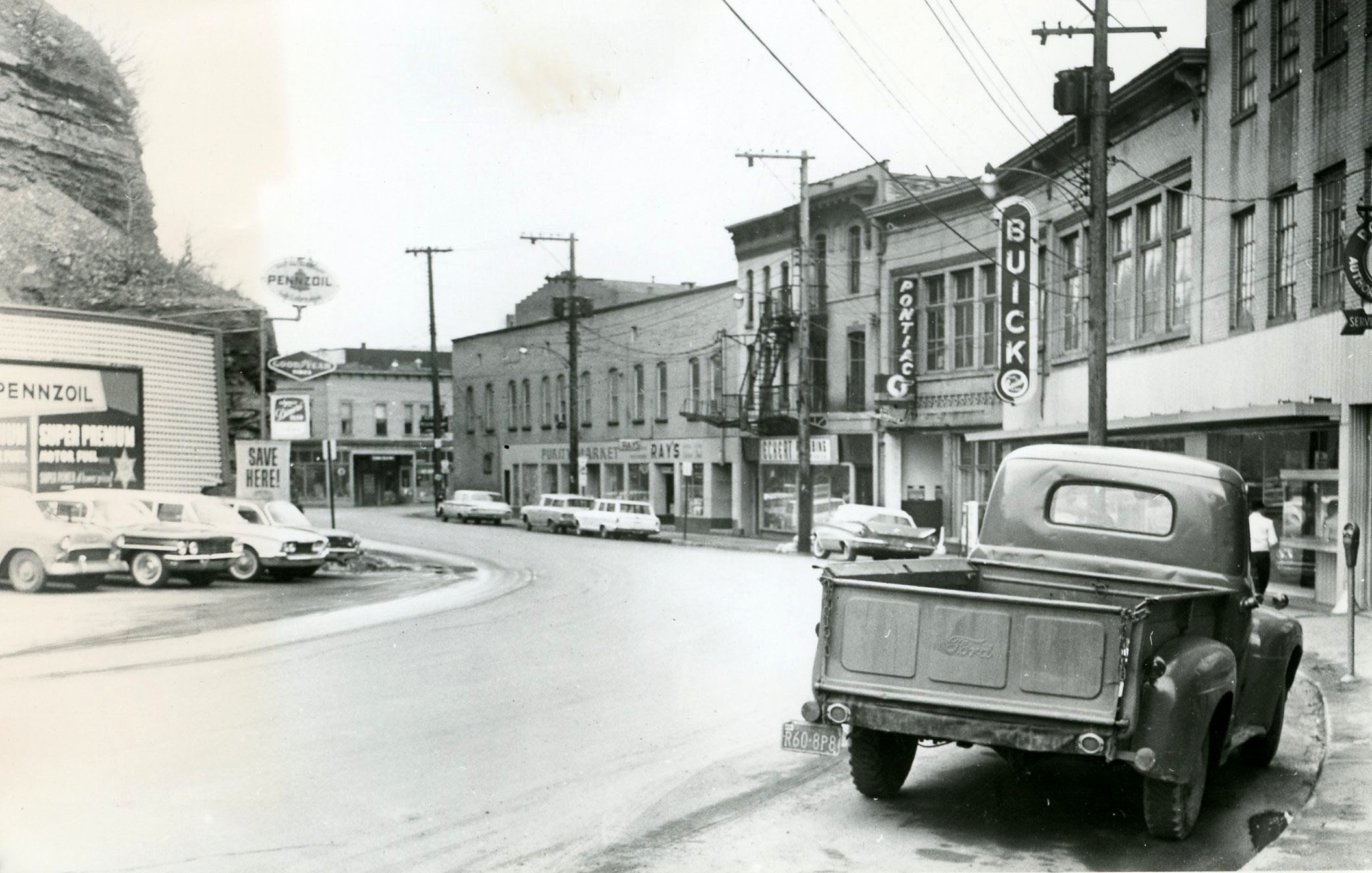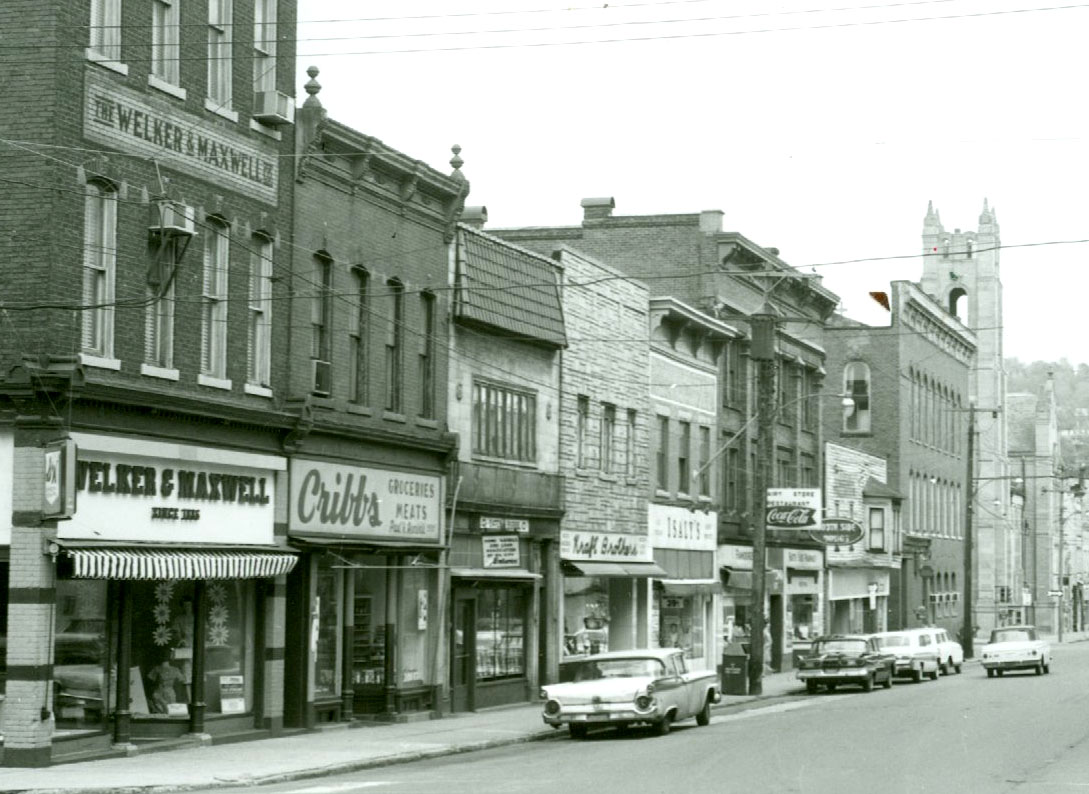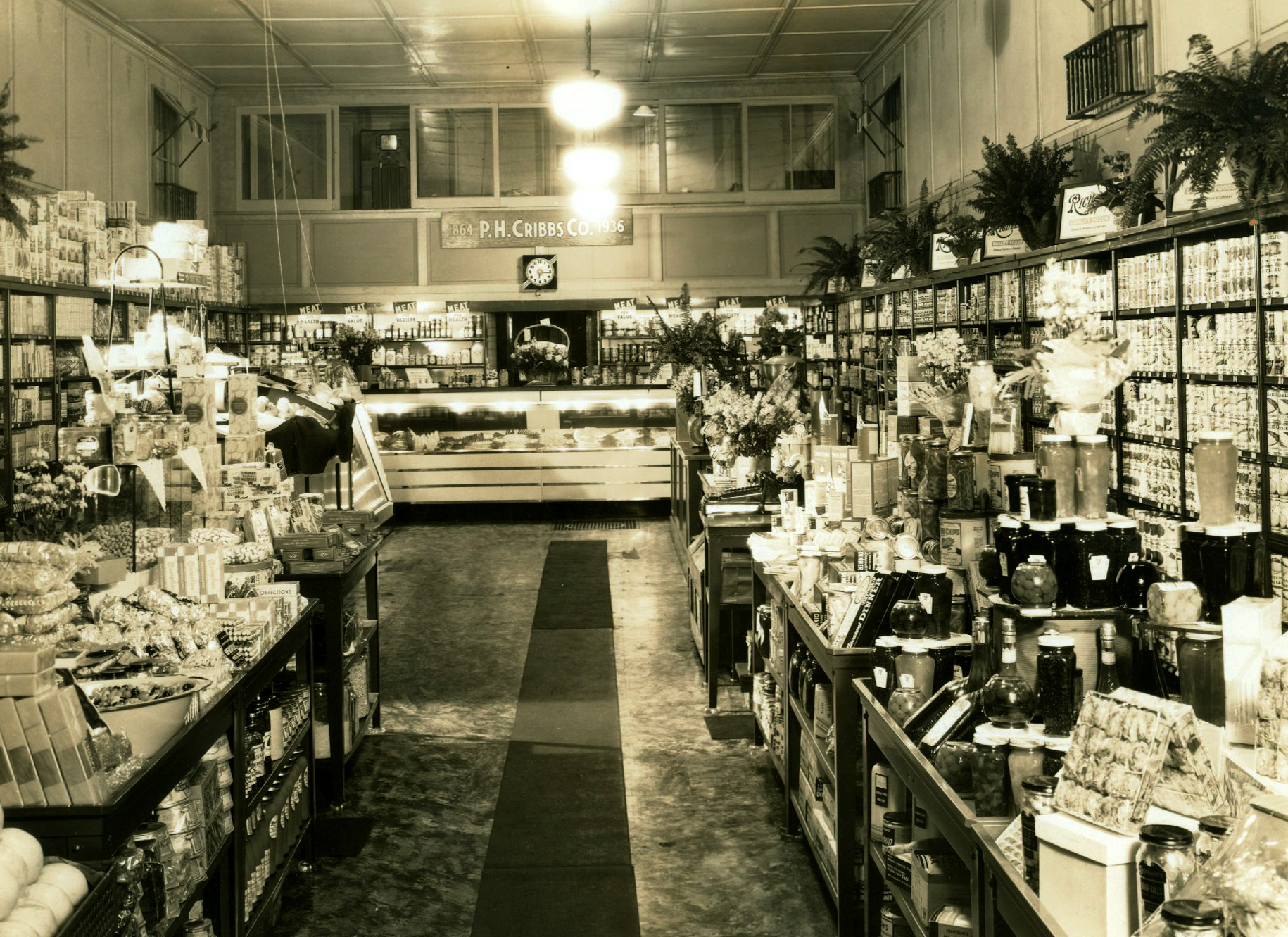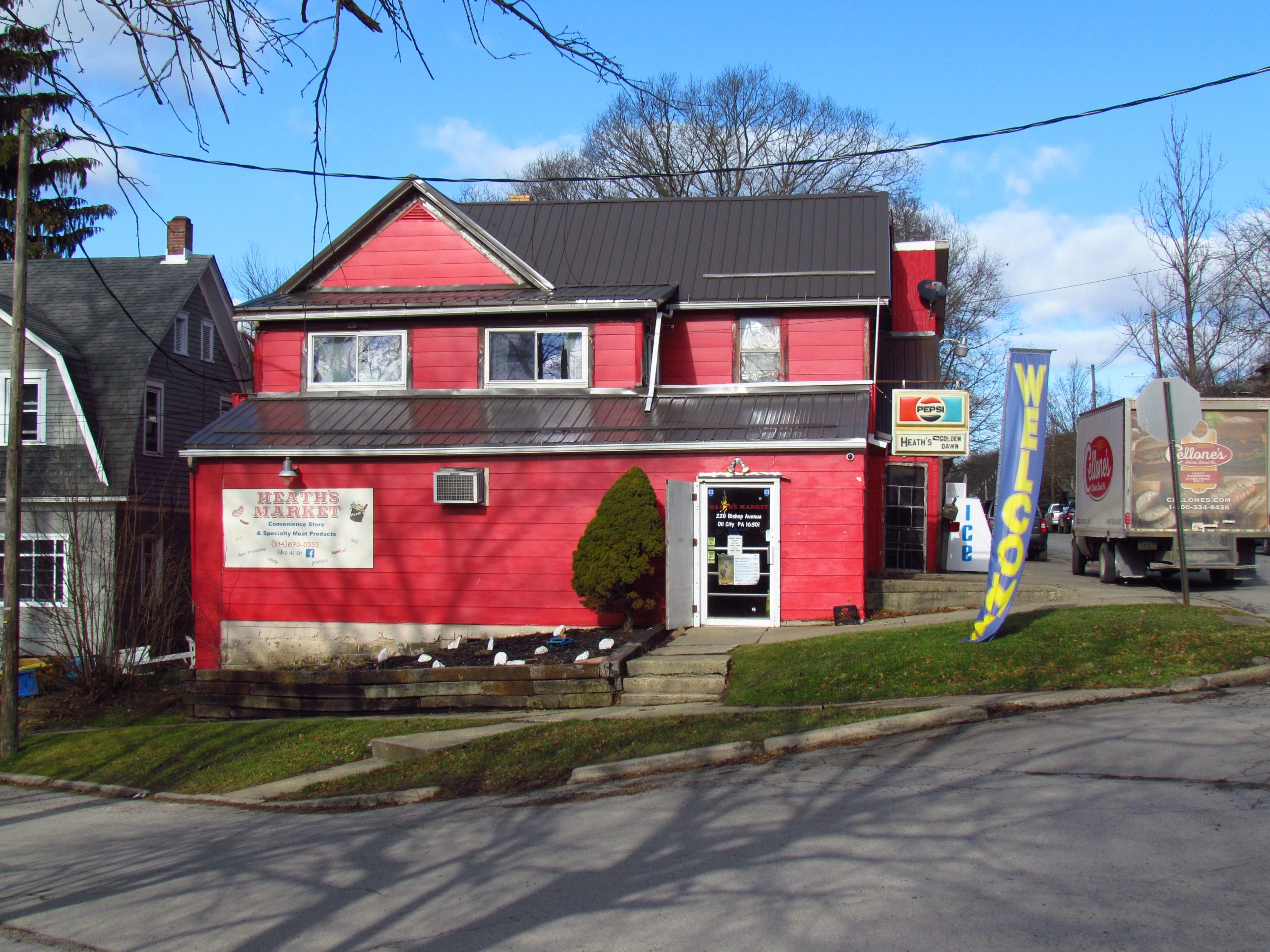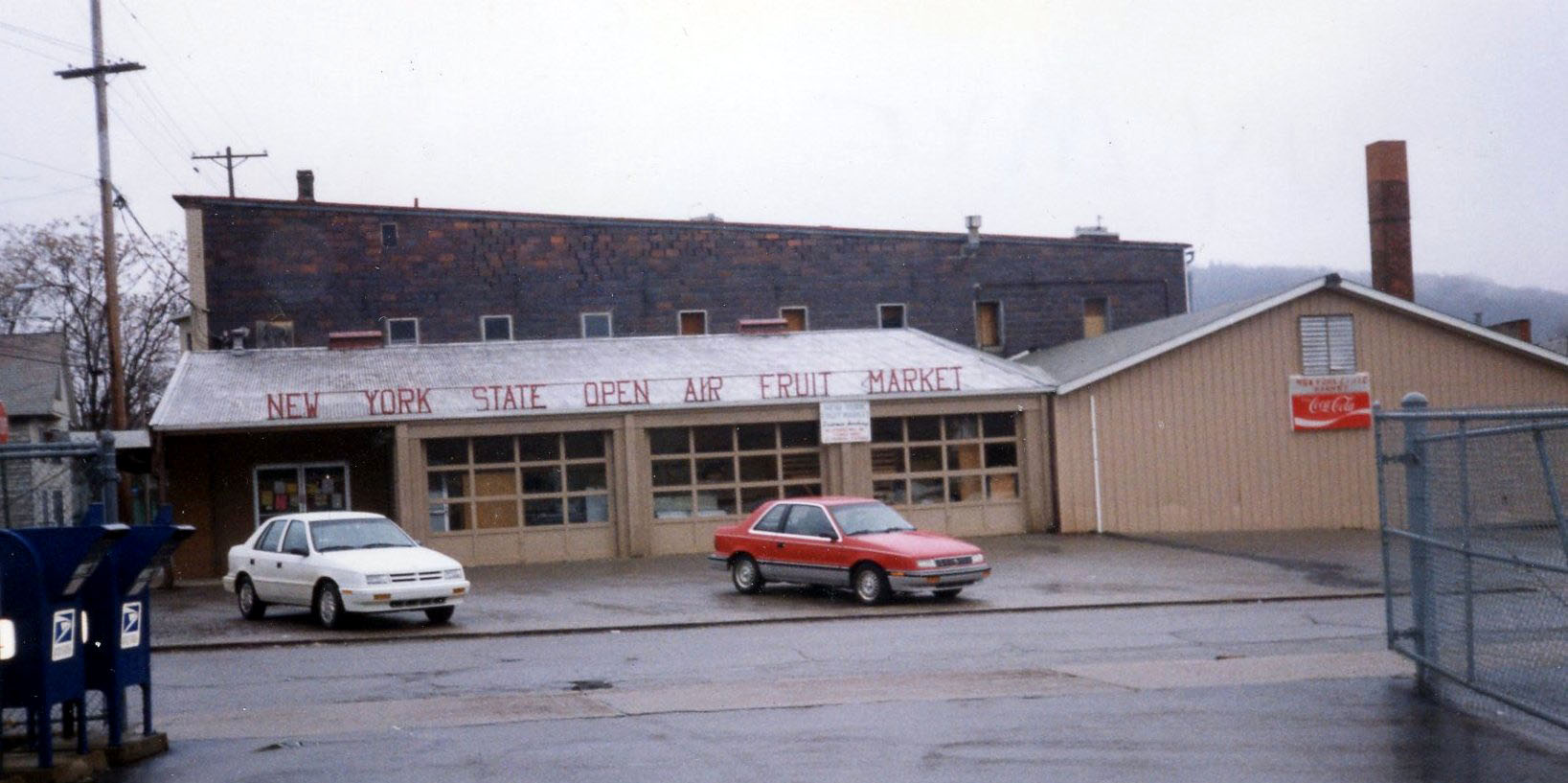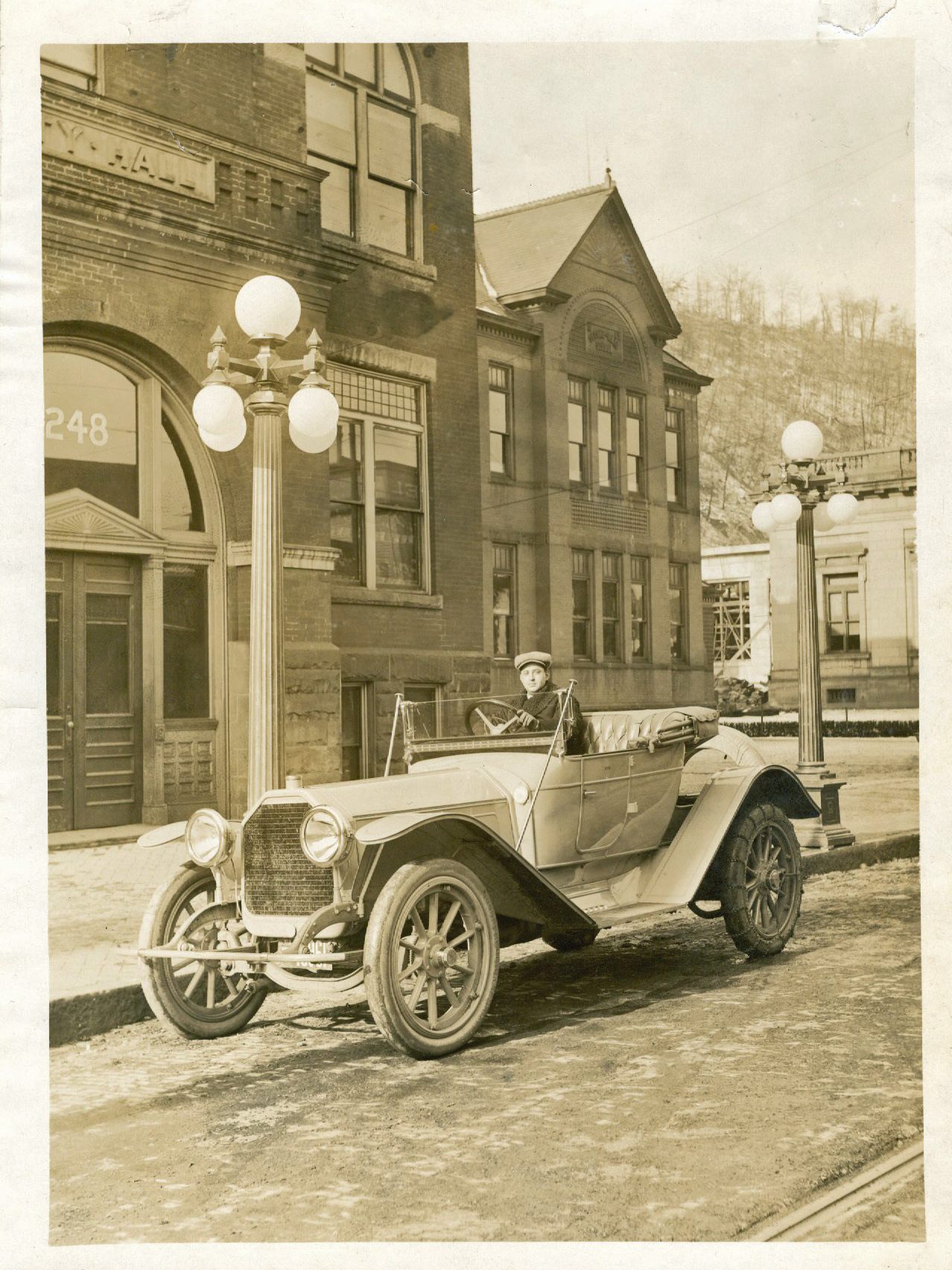Grocery Stores
- Judy Etzel
- September 1, 2023
- Hidden Heritage
- 15916
An Oil City resident didn’t have to walk far to shop for groceries in the mid-1950s as dozens of stores, both large and small, were scattered throughout the community.
While there were a few nationally known grocery store chain outlets in town, the majority of the stores were small and family-owned.
Most of the smaller stores were known by their proprietors’ names – Venturella, Snyder’s, Bagnato’s, Kellner’s and many more.
Some families had connections to more than one grocery store. The Helscel Dairy was located at 500 Colbert Avenue while the Paul Helscel Market was in Rouseville.
Colletta Kern owned a store at 306 Bissell Avenue and there was a Kern & Neidich store at 213 Seely Avenue. Antonina Venturella had a store at 557 Colbert Avenue while Castrenze Venturella did business at 1100 W. First Street.
Other stores, though, bore the names of their corporate owners such as Loblaw’s, A&P and Golden Dawn. They would soon be joined by other national chain grocery store outlets.
Both the North Side and South Side claimed dozens of grocery stores in the 1950s and early 1960s. Many were small corner stores located on the ground floor of the store owner’s home.
Two key commercial draws – Cribb’s Quality Food Store, managed by Paul Rembold, and Kraft Brothers Fresh and Frozen Foods Center, owned by Al and Bob Kraft – were located just a few doors apart from each other on E. First Street.
Over the years, some of the smaller stores affiliated with the larger grocery chains. They included the Great Atlantic and Pacific (A&P) Tea Co., Quality, Red & White, Kroger and Loblaw’s.
As an example, Tom Venturella joined the Golden Dawn chain in 1966 and held a grand re-opening of his store in Siverly. He said at the time that his family’s grocery store business began in 1900 when his dad, Charlie, nicknamed “the banana man,” owned a wholesale food business on Main Street, later moving it to Siverly.
The A&P chain operated two grocery stores – 214 Center Street and 2 State Street – in the early 1950s. Don Burdick was the manager for both stores. In that same time period, Loblaw’s, managed by Delmar Oswald, was located at 128 State Street.
Rouseville had a Quality Market and the Hasson Heights neighborhood boasted a Super Value Market. Both were part of national grocery chains.
Big changes came to Oil City’s grocery store layout, though, in the early to mid-1960s. Two chain grocery stores greatly expanded and built new structures in the East End.
The A&P closed its two small Oil City stores and built a new one at 602 E. Second Street.
Loblaw’s, too, had consolidated and moved into a new building on land owned by the Masonic Hall Association of Oil City at the corner of State and East Second streets. It would later become an IGA Market store, managed by Robert Sopher, in 1966.
Soon, a fourth major grocery store – Quaker Super – opened at 1400 W. First Street.
By 2017, only one full-line grocery store, Giant Eagle in the city’s East End, remained open. Heath’s Market on Bishop Avenue announced its closure in July 2023.
1950s Listing of Stores
Small and large grocery stores were located throughout Oil City’s many neighborhoods in the mid-1950s.
There were two categories listed in the city directory for that time period.
The first listing was titled “Groceries and Meats” while the second listing was called “Grocers-Retail”. The stores ranged from the ground floor of a private residence to a larger and newer structure designed specifically as a grocery store.
Groceries and Meats – Retail
- A&P Food, 214 Center St.
- B&J Market, 516 W. First St.
- Bagnato’s, 216 Pine St.
- Constanza Grocery, 519 Bissell Ave.
- Eagin’s Fine Foods, 501 Hoffman Ave.
- East End Market, 403 E. Second St.
- Haupt’s Market, 516 Central Ave.
- Heath’s Market, 220 Bishop Ave.
- Helscel Dairy Mart, 500 Colbert Ave.
- Joe’s Superior Market, 86 Spruce St.
- Kellner’s Market, 109 E. Bissell Ave.
- Kern & Neidich, 213 Seely Ave.
- Loblaw’s Inc., 128 State St.
- C.H. Loveless & Son, 41 W. Fifth St.
- Main Street Supermarket, 125 Main St.
- Marnor’s, 403 Lucite
- McMahon Bros. Grocery, 102 Hoffman Ave.
- Purity Market, 9 Main St.
- Quality Cash Store Inc., 501 E. Second St.
- Quinn’s Grocery, 1004 W. First St.
- R&C Market, 10 Spruce St.
- Red & White Food Store, 97 Spruce St.
- Red & White Grocery, 491 Colbert Ave.
- Red & White Grocery, 419 Hoffman Ave.
- Rouseville Quality Market, Rouseville
- Stanley’s Grocery Store, 609 Seneca St.
- State Street Market, 12 State St.
- Super Value Market, 805 Grandview Rd.
- Venturella’s, 1100 W. First St.
- Watkins Grocery Store, 9 Pearl Ave.
Grocers – Retail
- Nellie Beechler, 328 Bissell Ave.
- Effie Beers, 1003 E. Second St.
- Charles Best, 204 Allegheny Ave.
- Oscar Bodamer Jr., 1136 E. Second St.
- Margaret Buzzard, 11 Union St.
- Community Market, 54 Seneca St.
- Cribb’s Quality Food, 6 E. First St.
- Louis Emanuele, 300 Cedar Ave.
- Anthony Frank, 28 Crawford St.
- Thomas Giordano, 100 Plummer St.
- Stanley Kulinski, 26 Clearfield St.
- Mildred Manna, 44 Spring St.
- Frank Rizzone, 408 Colbert Ave.
- William Roess, 117 Main St.
- Frank Schossler, 218 Spruce St.
- Joseph Snyder, 608 Central Ave.
- Salvatore Sunseri, Rouseville
- Antonina Venturella, 557 Colbert Ave.
- Jacob Wolbert, 26 E. Fifth St.
Heath’s Market
Oil City has retained one of its oldest, privately owned grocery stores until recently.
Heath’s Market, 220 Bishop Avenue, a North Side location just below the sprawling Grove Hill Cemetery, was founded in the 1960s by Sonny Heath. A decade later, it was sold to Jim Aikins and Jack Williams.
The market eventually closed but was reopened in May 2018 by sisters Rebecca Colvin and Heidi Wise. Their father once worked as a butcher at Heath’s.
Heath’s Market, one of very few private grocery stores in the region, had a reputation for having a premier delicatessen and an outstanding meat cutting service. It also featured a broad array of groceries and fresh vegetables and fruits.
The two sisters had offered a free Thanksgiving meal to anyone in the neighborhood for the last few years.
DID YOU KNOW?
Oil City’s current City Hall at the junction of Elm and Seneca streets in the North Side business district was built in 1966 as the headquarters of Wolf’s Head Oil.
When Wolf’s Head and Pennzoil merged in 1978, the building was renamed for Pennzoil. The latter company maintained a key office in Oil City despite the relocation of the company headquarters in 1963 to Houston, Texas.
In 1981, a fourth floor and a two-story annex were built which doubled the size of the building. Eventually, Electralloy bought the property and it later was sold to the City of Oil City for a City Hall location. City Hall had been located in the former telephone company building, now Luther Place, along Oil Creek.
Written by Judy Etzel with research by Kay Dawson and design by Natalie Cubbon.
HIDDEN HERITAGE IS SPONSORED BY:
Helen & Dave Heinzer
Support This Project
Donations to the library are appreciated to help offset printing costs & make this project possible! Want to become a sponsor? Email us at promotions@oilregionlibraries.org to get started!
Make a Donation
